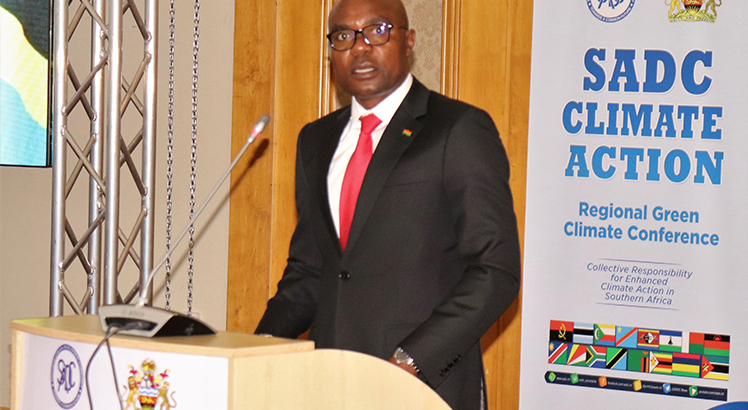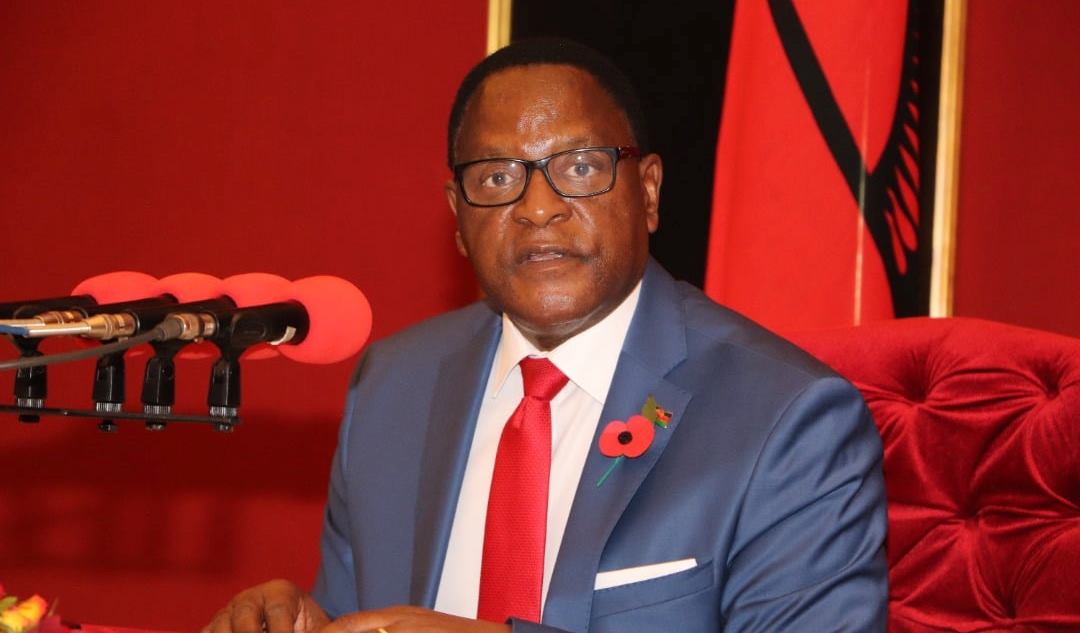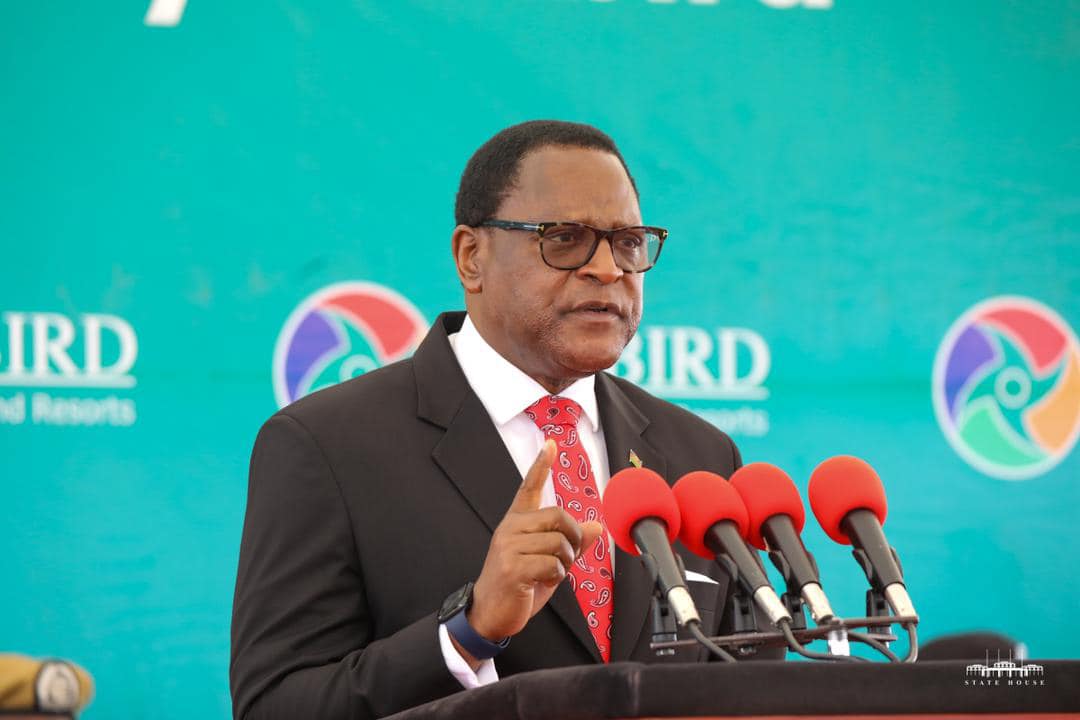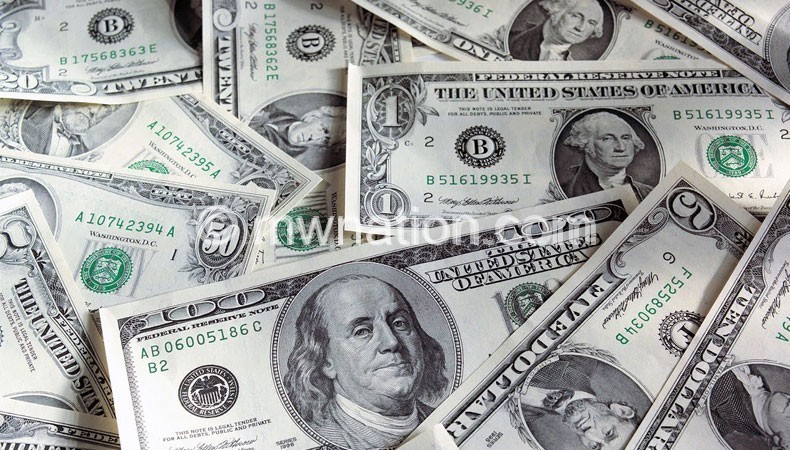Forests burn as smoke-free policies pile
Government’s failure to promote alternative source of cooking energy is putting pressure on the already depleted forests as the demand for illegal charcoal and firewood remains high – a development which threatens the country’s well-being.
The country’s forest cover is estimated at about 30 percent—meaning the rest has been wiped out due to deforestation. Statistics show that over 80 percent of Malawians both in urban and rural areas survive on charcoal and firewood.
The National Charcoal Strategy (2017-2027), if nothing is done to reverse the trend, projects that by 2030 there will not be enough biomass in the country to meet demand for firewood and charcoal. This projection signals trouble but unfortunately the pace at which government is implementing policy is worrisomely slow.
Apart from the national charcoal strategy, both the energy policy and the national forestry policy aim to promote alternative source of cooking energy such as sustainable charcoal, electricity, liquid petroleum gas (LPG) and briquettes just to mention some.
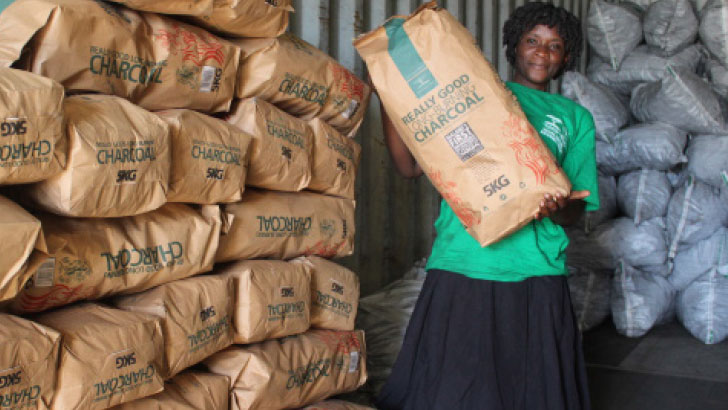
Quick facts, however, from Malawi Cooking and Heating Energy show that the use of charcoal in urban areas is 76 percent, firewood is 12 percent and electricity covers just about 11 percent. Comparatively in rural areas firewood has a higher percentage standing at 82, charcoal accounts for 14 percent and electricity use stands at just about one percent.
While rural areas, surely for lack of alternatives, has a combined usage of charcoal and firewood standing at about 96 percent—the urban equally has a huge share (88 percent) even when it is exposed to more alternatives.
Modern Cooking for Health Forests (MCHF), a Usaid and UKAid co-funded project, last year, conducted a Consumer Market Research which showed that of all the four cities Blantyre had the highest percentage of charcoal use standing at about 95 percent, seconded by Mzuzu (91), Zomba (79) and Lilongwe (78).
Interestingly, Lilongwe, according to MCHF survey, has the highest use of LPG standing at eight percent, Zomba (2 percent), Blantyre (1 percent) and Mzuzu (0.3 percent).
In a written response chief of party for MCHF Ramzy Kanaan said they observed that charcoal was more expensive in Lilongwe which has led to the increase in use of electricity and LPG.
“We know it is extremely hard, and in some cases impossible for alternatives to compete in the consumer marketplace with the artificially low price of charcoal that is produced illegally and unsustainably, and transported and sold quite openly despite it being illegal.
But if the government is able to more consistently and regularly regulate illegal and unsustainably produced charcoal, then the availability will decrease, the cost will increase, and use of alternatives to illegal charcoal will increase,” argued Kanaan.
Our analysis also show that the high cost and unreliable supply of electricity, limited investment in alternative sources of energy and lack of awareness is what is driving the high use of unsustainable charcoal and firewood.
Government, last month, increased the price of electricity and gas which counters the spirit of its own policies and strategies that aim at increasing uptake of sustainable alternatives.
The World Bank’s sustainable energy for all (SE4ALL) database ranks Malawi as one country with the lowest number of people having access to electricity which is about 18 percent. Malawi is way below its neighbours with Zambia having about 39 percent, Tanzania (36) and Mozambique 31.
Add to this low electricity coverage, unreliable supply characterised by blackouts leave many without a choice but to stick to illegal charcoal and firewood as a backup.
Government has since removed value-added tax on LPG to increase uptake. But last month, in what appears to be a contradiction in policy, government raised the price of LPG, the best possible alternative cooking energy, by over 5 percent—a development which erodes the gains of removing VAT.
The Malawi Energy Regulatory Authority (Mera) has given itself a target to increase access to LPG from the current one percent to three percent by 2023, but experts and suppliers find this to be a toll order in the face of the increase in price for commodity.
Mera’s public relations manager Fitina Khonje conceded that increase in gas prices is beyond their control as it is determined by other factors such as the performance of the kwacha against foreign currencies.
Khonje said: “Therefore, there may be movements of prices either upwards or downwards to ensure realistic and fair prices that enable licencees to continue to import, distribute and retail so consumers can continue to access LPG”
But Kanaan argues that government should be able to cushion consumers from upward movement of prices to increase uptake in line with its policies.
But the department of energy, which intends to reduce use of charcoal to less than 50 percent by 2030, is against provision of subsidies according to its spokesperson Saidi Banda. Banda said they are looking at developing strategies “to make energy services and products cheaper”.
One of the strategies, according to Banda, is by providing upfront loans under a revolving fund to enable households access appliances that use alternative sources of energy.
Malawi can no longer drag its feet in promoting alternative sources of energy in the face of alarming statistics of deforestation which jeopardizes agricultural productivity and, consequently, food security. Hydro electrical power generation is also in danger just as water supply, hence working with speed is of essence. n


